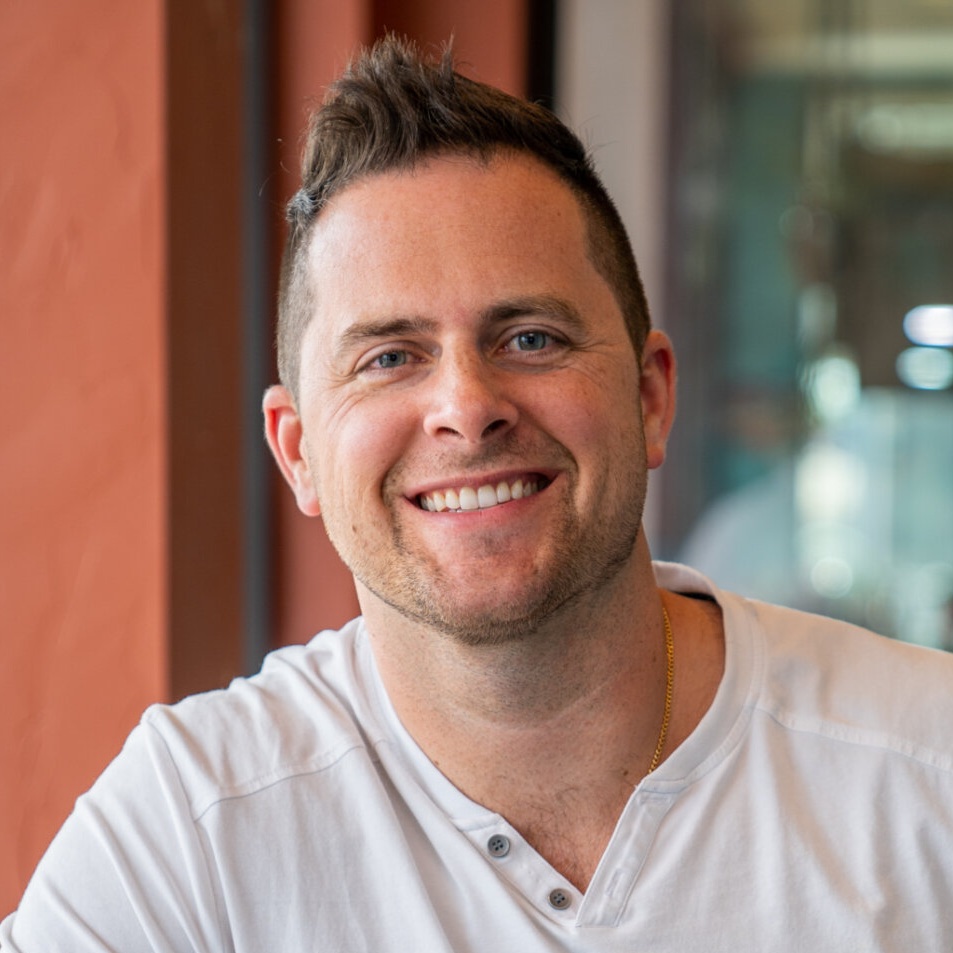Everybody, I’m J.D. Houvener, your host of the Bold Today Show. I’m so glad you made it; this is a place for you, the inventor or entrepreneur, to get your daily inspiration so you can go make the world a better place.
[Music]
We’re here in our big long series, talking about all the steps that are needed to get your invention patented. This is step 9, considering international patent applications. Just yesterday, we talked about the variety of different types of US applications that can be filed, whether it’s a design, a provisional, non-provisional, or a plant patent. If you have questions about that and you want to listen to that, please go to our website boldpatents.com. You can also visit our YouTube channel and go search that to get more information about the different types of applications that can be filed domestically.
Internationally, this must be considered right up front. Are you going to seek rights in other countries? There are certain things that are quite nuanced, and I won’t get into here today, but I just want to introduce the idea that when you file your non-provisional patent application, it usually is the case for those inventors that want to seek rights overseas to then file what’s called a Patent Cooperation Treaty. That filing will enter your application into a very unique piece of legal document that will allow all the parties, all the signing countries that are members of that treaty, to give special credence to that U.S. search. There’s an examiner here in the U.S. that will be assigned to your case. All the countries in the world that have signed on to that treaty will recognize that search and give you the benefit of that search. They will be able to give you all the money that you might have spent in those other countries back. In essence, you’re going to save a lot of money in doing that, and it streamlines the process.
What’s interesting and a huge benefit of the Patent Cooperation Treaty is that it will be able to save you some time and give you time to decide which countries to enter into. This is a great opportunity; it gives you 30 months from filing the original date of the priority date. Thirty dates, 30 months from that date to decide which countries you want to go and take on. So, the output of the marketing analysis, the marketability work that you’re doing in your diligence, can be put to use while your patent application is pending in the United States. You can see if there’s actually going to be a big beneficial market, let’s say in the European Union or in China or Australia or Canada. Those are the countries you may want to target and perhaps see what countries don’t make any sense. You wouldn’t want to waste your time and effort filing into those countries.
There’s a lot of work to do when it comes to international applications; there’s usually translation and a foreign attorney fee that’s going to be involved. But we will be your middleman; we will be your representative and guide you through the process in getting the rights achieved and acquired in the foreign jurisdiction. There’s a lot to think about when it comes to international applications on the enforcement side. That’s for another day. So, we’re here talking about the steps required to get your patent granted; you can’t forget about step 9 here today, which is international patent application and all the thoughts and things that are specific to that to your invention. I’m your host J.D. Houvener, of the Bold Today’s Show. Go big, go bold.
